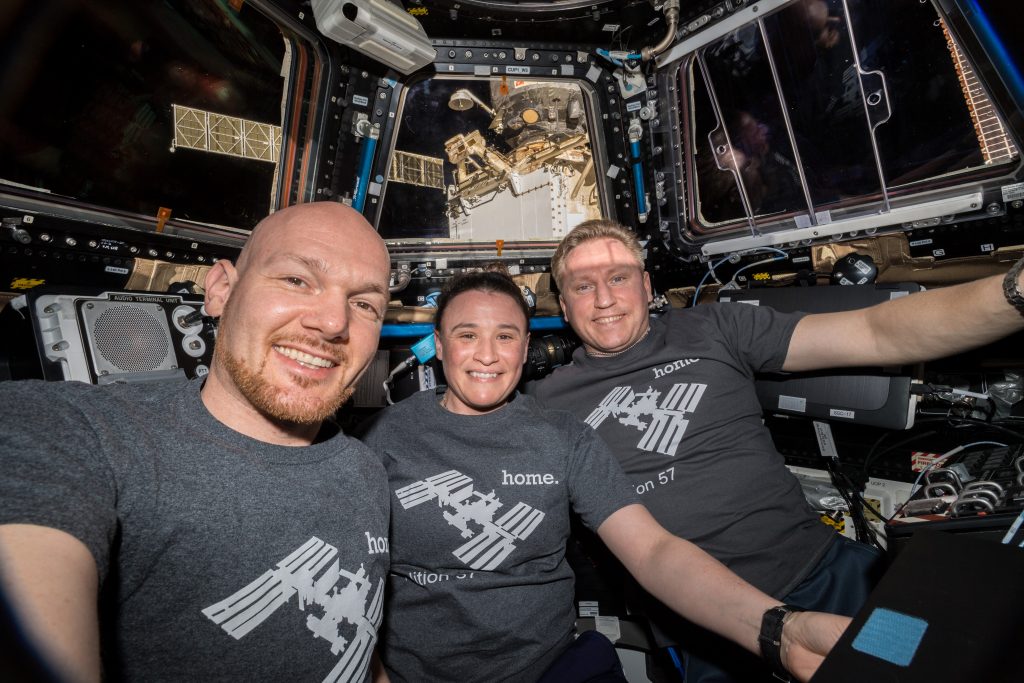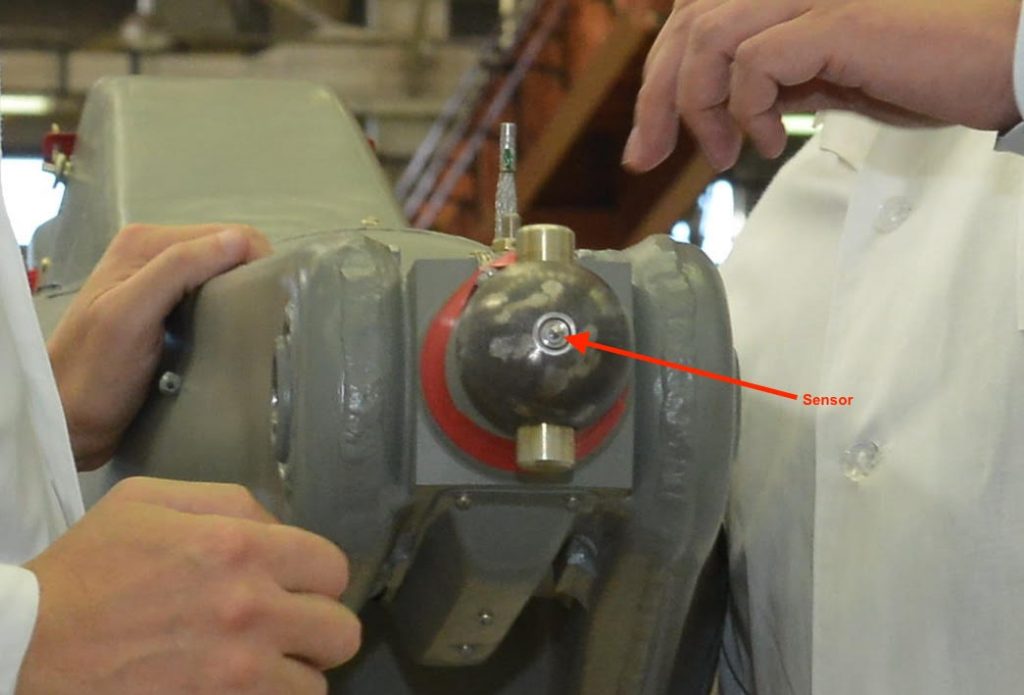ESA astronaut Alexander Gerst, NASA astronaut Serena Auñón-Chancellor and Roscosmos cosmonaut Sergei Prokopyev will welcome new arrivals to the International Space Station on 3 December: Canadian Space Agency astronaut David Saint-Jacques, NASA astronaut Anne McClain and Roscosmos cosmonaut Oleg Kononenko will increase the population of humans in space to six. The newcomers will be part of Expedition 57 for a few days, and will continue their mission as Expeditions 58/59 members only when Alexander and his crewmates undock from the Space Station.
This announcement comes after a thorough investigation of the Soyuz MS-10 that aborted its launch on 11 October, when a malfunction forced cosmonaut Alexey Ovchinin of Roscosmos and NASA astronaut Nick Hague to return to Earth just moments after liftoff.
A State Commission launched by Roscosmos confirmed that a damaged separation sensor caused the launch abort during a press conference held today.
According to the launch sequence of the Soyuz rocket, around two minutes into the flight the booster should detach from its mounting. A sensor activates a valve that ejects gas to push away the top of the booster.
Since the sensor did not work, one of the boosters was not pushed away but instead slipped down and damaged the rocket’s second stage. The investigative commission stated that the “launch concluded with a failure of the launch vehicle due to abnormal separation of one of the side boosters, whose nose section hit the core stage in the area of the fuel tank, which led to its depressurisation and the loss of stability of the launch vehicle.”
The image below shows the sensor, a metallic ball resembling a push button. This sensor was bent by 6° due to a mistake during the assembly of the launch vehicle at Baikonur, Russia’s cosmodrome in Kazakhstan.
The commission identified the root cause by analysing data and video footage, together with mathematical simulations. Watch the images recorded by a camera on the rocket, showing how two boosters separate while a third one remains attached.
Three upcoming Soyuz rocket launches will be closely monitored this month to reassure that the sensors are correctly integrated. The sensors on the launchers of the Progress MS-10 cargo launch and the next manned Soyuz MS-11 launching on 3 December will be checked and reassembled.
Home for Christmas!
Roscosmos also announced the landing date for Alexander and his crewmates. Landing is scheduled for 20 December.
Alexander will stay in command of the Space Station until the end of his mission, logging a total of 197 days in space, provided the landing will take place on 20 December. By then he will have spent more days in space than any other European astronaut: 363 days, almost whole year in orbit across two missions.
I bet every explorer who ever lived was convinced that their ship was the most beautiful of all. I still sometimes can't believe she's the ship that we sailed in, from Earth to space. #SoyuzMS09 pic.twitter.com/hYZ0ZEr9mT
— Alexander Gerst (@Astro_Alex) August 18, 2018






Discussion: no comments